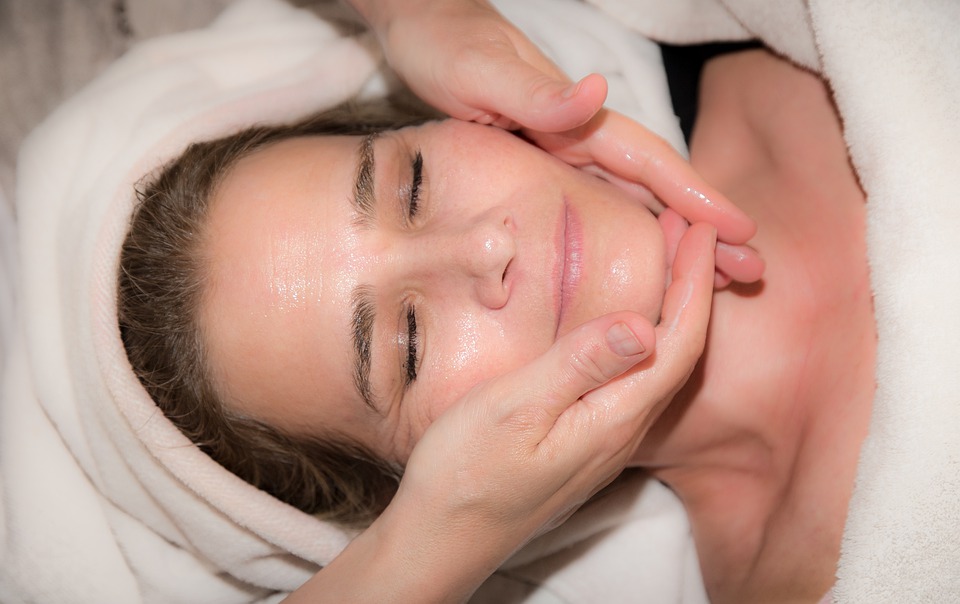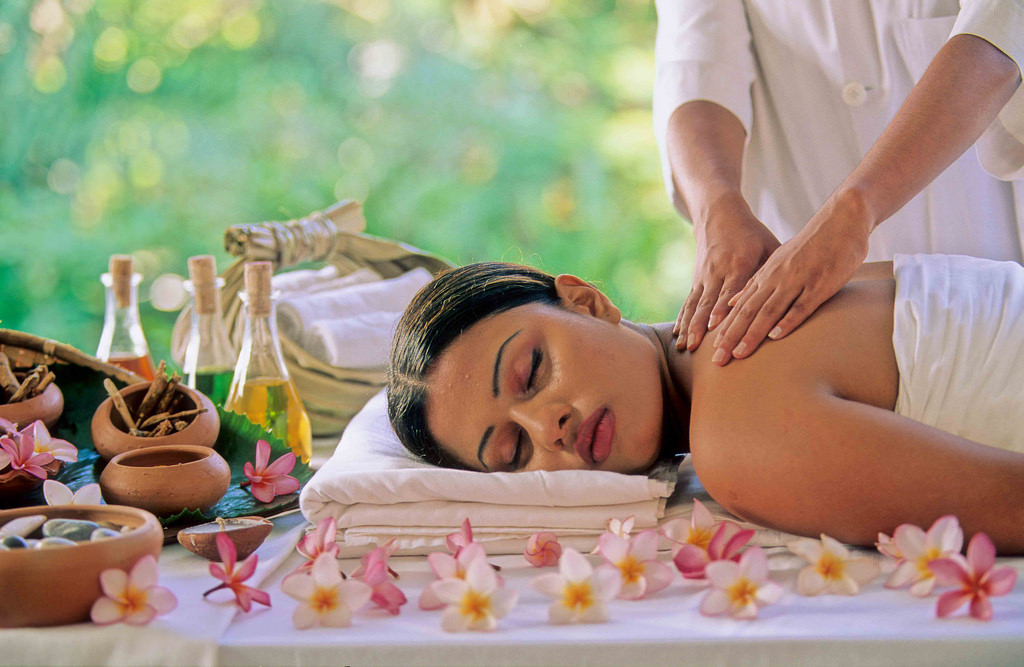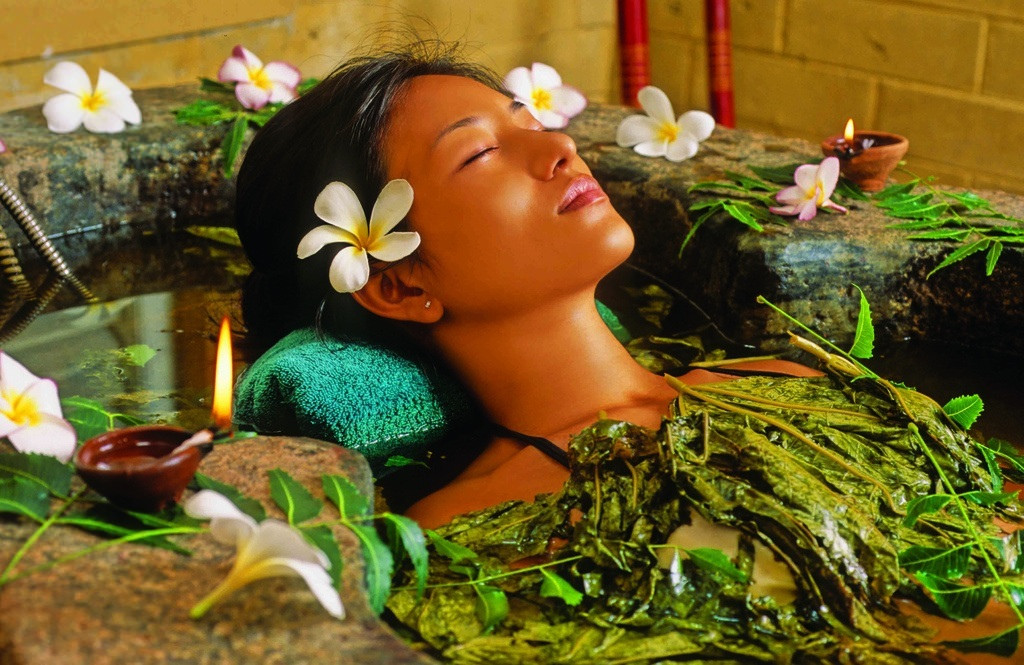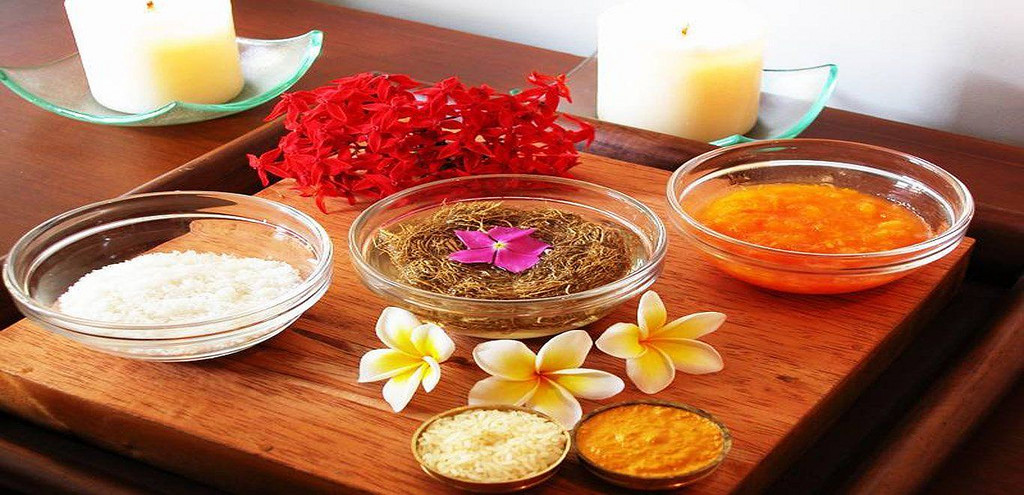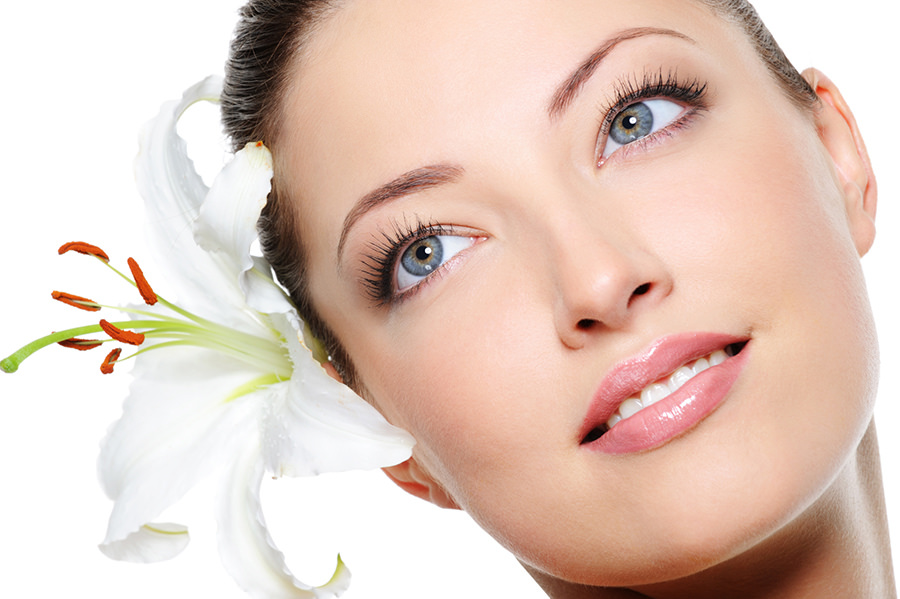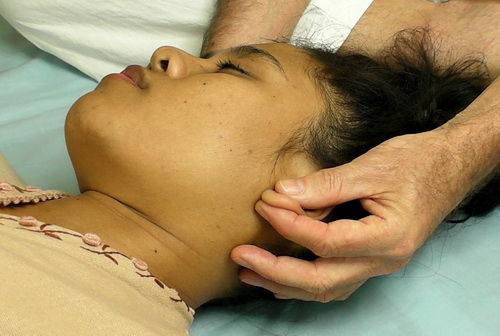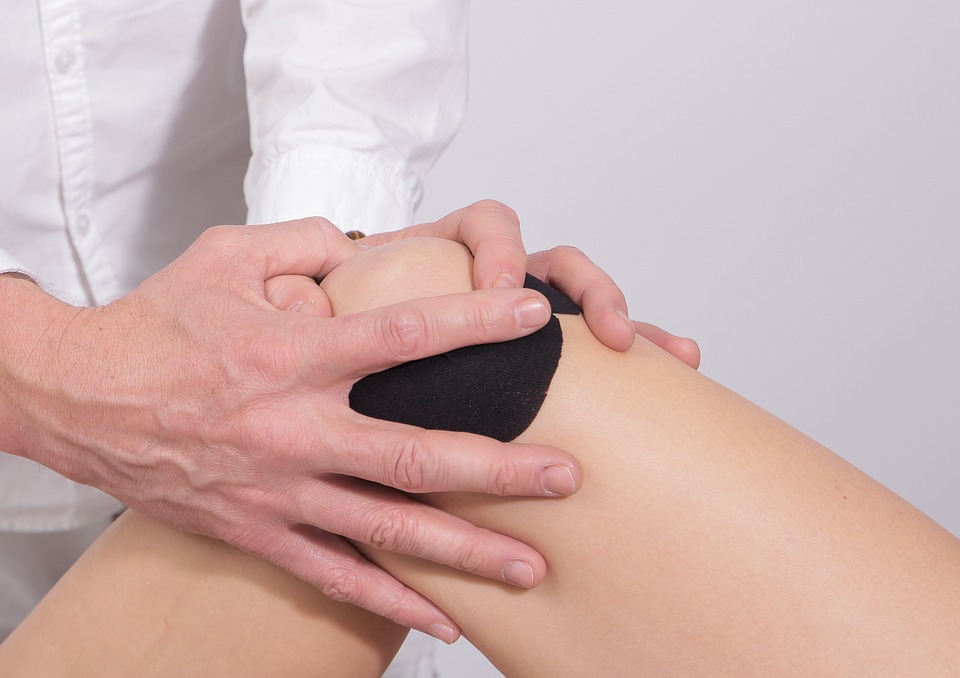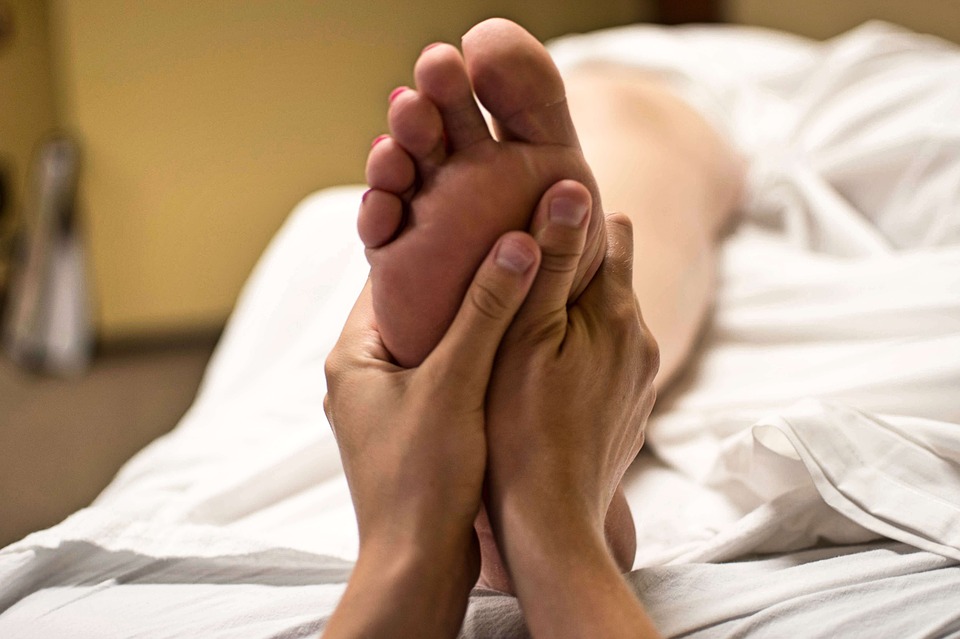Dineshavalli or the red creeper is an unassuming climber found commonly across India, which is woody in nature. It is large, with a thick and leafy spread. The bark of this creeper is what is precious in Ayurveda, creating Dinesavalyadi formulations in kuzhambu and thailam forms. Dinesavalyadi is a blessing for those with skin problems, but it also has many other benefits. However, most of its applications are external. Many of my patients at my Ayurveda hospital are in awe of the power of dinesavalyadi in curing skin conditions, from a simple wound to infections such as herpes and allergies. Hence, I thought I could introduce the benefits of Dinesavalyadi to all of you.
Benefits of dinesavalyadi
The medicated thailam and kuzhambu forms of dinesavalyadi find mentions in Sahasrayoga. It is said to have two primary effects – curing twak doshas, or skin conditions, and enhancing varna, or improving complexion. Hence, this oil is extremely sought after for dermatological conditions and beauty treatments. From an Ayurvedic point of view these formulations help regain the kapha and pitta roga balance in case of wounds and other skin problems. Its various applications include the following
- Easy healing of wounds
- Enabling improved skin complexion
- The soothing effect in case of skin allergies such as allergic dermatitis
- Effective management of skin infections such as herpes and abscesses
- Controlling itching in case of insect bites
- Reverting the effect of suntan
- Management and cure of conditions such as psoriasis and eczema
With zero side effects for the external application, dinesavalyadi kuzhambu and thailam is indeed an ideal solution for most of your skin conditions. Simple and hassle-free application and easy combination with other forms of treatment modalities such as abhyangam or internal Ayurveda or even Allopathic medications make this formulation a popular choice.
Common combinations
Coconut oil is a critical carrier and foundation that delivers all the benefits of dinesavalyadi. Most preparations of dinesavalyadi include three parts a liquid, a paste, and an oil. In most cases, the extract from the bark of dinesavalli is used, with coconut oil as the vehicle. The preparation also includes other active ingredients such as punarnava. Among the two common forms, the kuzhambu is thicker and includes many more ingredients.
Although dinesavalyadi formulations hardly show any side effects and have direct and clear benefits, you would definitely need the help of an Ayurveda doctor to be sure that you indeed require the benefits that dinesavalyadi can provide. Contact me for any further questions you may have about dinesavalyadi. You can connect with me at http://www.miayurveda.org/ or call me at +91-9444615161.
It can be used for a long period of time on a daily basis. Discuss with an experienced practitioner

